Customer Services
Copyright © 2025 Desertcart Holdings Limited
Desert Online General Trading LLC
Dubai, United Arab Emirates





🔪 Slice like a sushi master—elevate your kitchen game with every cut!
The KaiWasabi Black Yanagiba Knife features an 8.25-inch high-carbon stainless steel blade crafted in Japan’s legendary Seki City. Designed for precision slicing of sushi and sashimi, its long, thin blade offers effortless, clean cuts while the ergonomic D-shaped polypropylene handle ensures comfort and control. Durable, corrosion-resistant, and dishwasher safe, this knife blends traditional craftsmanship with modern convenience for the discerning culinary professional.

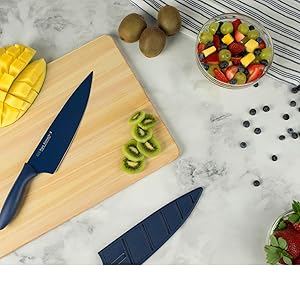
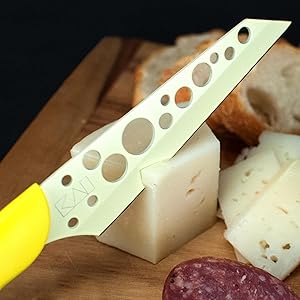
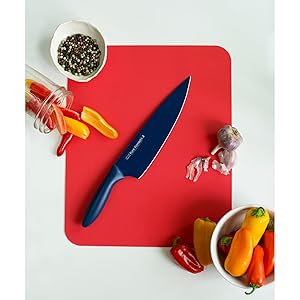
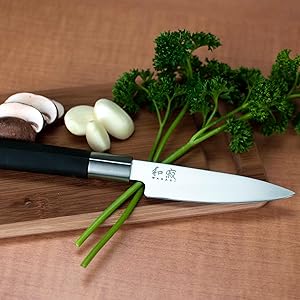
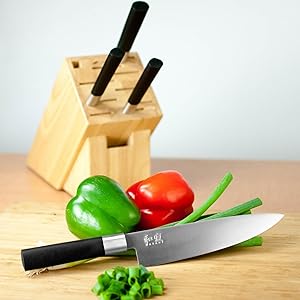
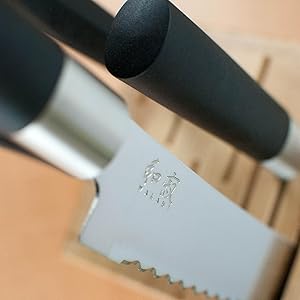
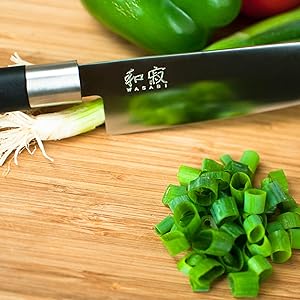
| Handle Material | Stainless,Stainless Steel,Polypropylene,High-carbon |
| Is the item dishwasher safe? | Yes |
| Blade Material | Stainless Steel |
| Item Weight | 201.6 Grams |
| Item Length | 13.25 Inches |
| BladeLength | 9 Inches |
| Blade Color | Silver |
| Color | Black |
| Construction Type | Stamped |
| BladeType | Asian Cutlery |
Trustpilot
3 weeks ago
1 day ago